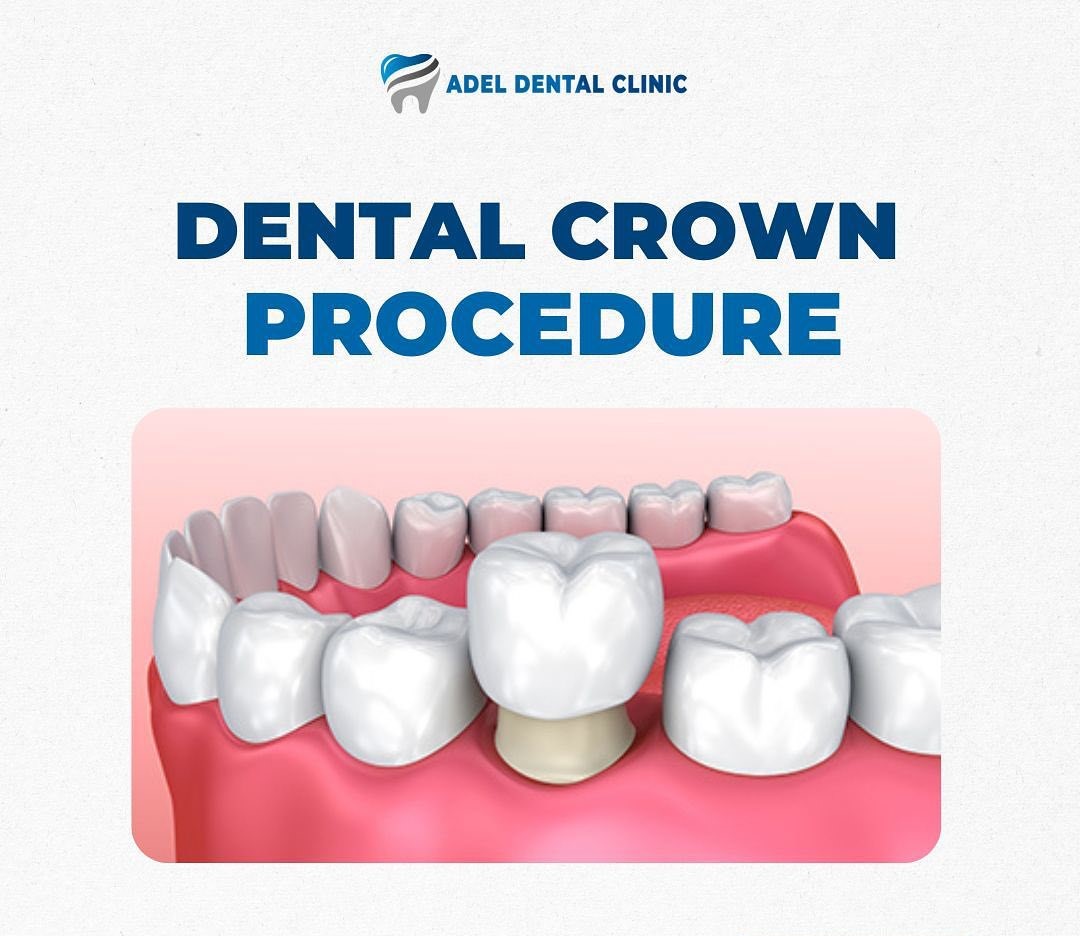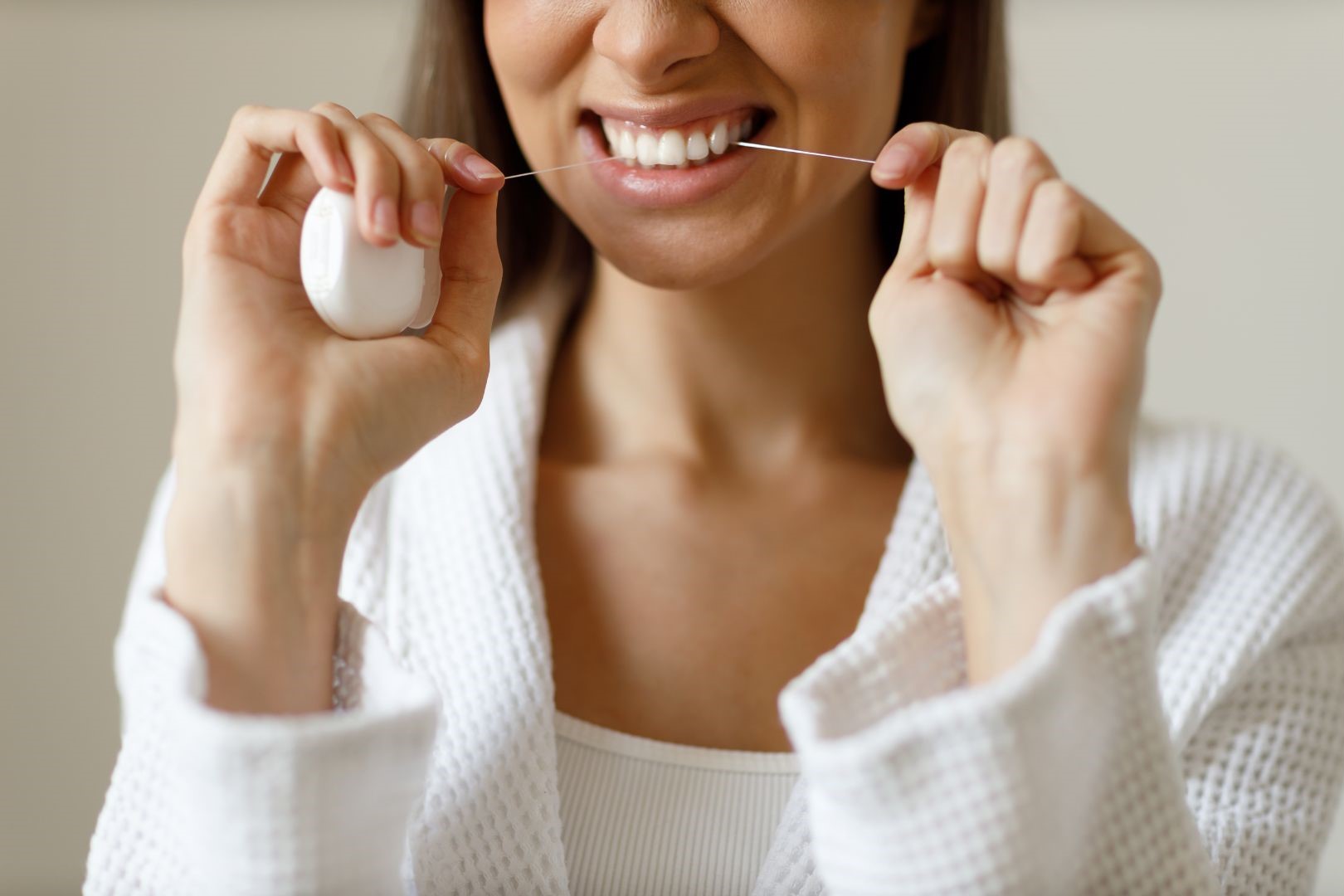Dental implant surgery/procedure step by step in Turkey, Antalya
The procedure of dental implant surgery is multi-step and requires meticulous planning, exact execution, and post-operative care. The steps in dental implant surgery are as follows:
- Initial Consultation and Examination:
Schedule an initial consultation with an experienced dentist at reliable dental clinic. During this visit, discuss your dental and medical history, treatment goals, and expectations.
The dentist will conduct a comprehensive oral examination, including X-rays, 3D imaging, or CT scans, to evaluate the condition of your teeth, gums, and jawbone. This helps determine the suitability for dental implants and plan the implant surgery.
- Treatment Planning and Discussion:

Based on the examination and evaluation, the dentist will develop a personalized treatment plan that addresses your specific needs.
The treatment plan includes the number and placement of implants, restorative options, and any necessary preparatory procedures (such as tooth extractions or bone grafting).
Discuss the treatment timeline, phases of the surgery, expected outcomes, and associated costs. This allows you to make informed decisions and understand the entire process.
- Preparatory Procedures (if needed):
If any teeth need to be extracted, they will be removed before implant surgery. This ensures that the implants are clean and healthy.
In cases where the jawbone does not have sufficient density, bone grafting may be performed to enlarge the bone and create a stable base for the implant.
Gum disease treatment may be necessary to eliminate any existing infection and create an optimal area for successful implant integration.
- Implant Placement Surgery:
On the day of the surgery, local anesthesia or sedation will be administered to ensure your comfort throughout the procedure.
The dentist will make an incision in the gum tissue to expose the underlying jawbone. Then, using specialized drills and instruments, they will create precise channels in the bone for implant placement.
The dental implants, typically made of titanium, are carefully inserted into the prepared sites. In some cases, temporary abutments may be placed on the implants to shape the gum tissue during the healing process.
Once the implants are in placed, the gums are sutured, and the surgical area is protected with a temporary restoration, if necessary.
- Healing and Osseointegration:
After implant inserted, a period of healing is required for implants to integrate with the jawbone, a process called osseointegration.
During this healing phase, it is essential to follow post-operative instructions provided by your dentist, which may include pain management, antibiotics, and oral hygiene.
Osseointegration typically takes several months, allowing the implants to become firmly anchored in the bone, providing stability final restoration.
- Abutment Placement and Final Restoration:
Once osseointegration is completed, a second surgery may be required to expose the tops of the implants.
The dentist will place small connector devices called abutments onto the implants. These abutments serve as the foundation for attaching the final restorations.
Dental impressions will be taken to fabricate custom-made crowns, bridges, or dentures that will be securely attached to the implants.
The final restorations are carefully adjusted and attached to the abutments, providing a natural-looking and functional replacement onitör missing teeth.
- Post-Operative Care and Follow-Up:

After the final restorations are placed, the dentist will provide instructions for proper oral hygiene and maintenance of the implants.
Regular dental check-ups and individual cleanings are essential to the health of the implants and surrounding tissues.
Maintain good oral hygiene practices, including brushing, flossing, and using antimicrobial mouthwashes as recommended by your dentist.
Attend follow-up appointments to evaluate the healing progress.
If you have any questions you do not find here, please contact us.
